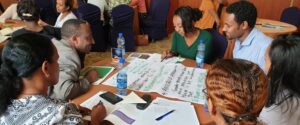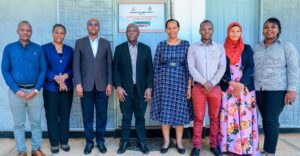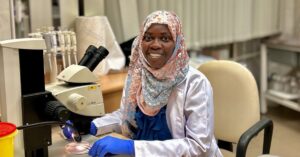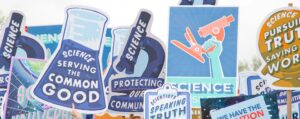
Learning and reflection underpin INASP’s strategy and approaches
INASP is a strongly reflective organization, responding to challenges by listening and learning as we go along. INASP’s new five-year strategy is a milestone along our learning journey, writes Philip Horgan.
INASP believes that in developing countries, lives will be saved, poverty reduced and the quality of life improved by the use of research and knowledge in policy and practice. We believe that everyone has an equal right to access the world’s collective knowledge, irrespective of geography, wealth, race, ethnicity or gender and that locally generated knowledge and solutions are key to solving local development challenges.
INASP and our network of partners play a strong contribution to this effort, but to fulfil our potential as an organization, we have to learn fast, adapt smart and evolve our tactics and activities.
INASP as a learning organization
I am always impressed when I reflect on the organization I joined in 2013 and the learning journey we have travelled. INASP is one of the most reflective and self-analytical organizations I have come across in my career working in international development. Small enough to be inclusive in internal dialogue and debate on approaches to its work, and agile enough to respond to what is learnt on an on-going basis.
Perhaps it should be expected; we are an organization working in the research world, but with a practitioner’s point of view. Internally we think of ourselves as ‘thoughtful doers’, which captures something of our analytical and reflective nature, and something of the practical work we and our partners do around the world to strengthen research and knowledge systems.
One of INASP’s secrets is in the diversity of background of our team – we are made up of highly-reflective and critical individuals who have come from the worlds of international development, academia, international publishing, policy analysis and influence and training and online learning. This combination of diversity and a critical nature is a huge help to the work of my team as we support and develop learning processes with the organization on our strategies and capacity-development approaches and as we bring together that learning and experience with our external communication.
Over the last few years we have put into place many different analysis and learning processes covering the use of theories of change, change tools (looking at individual, organizational, interpersonal and environmental levels), problem trees analysis and standardized programme design questions. We collect monitoring data on all of our activities and draw on it for specific pieces of reflections and analysis on our approaches and project streams. Learning approaches range from the most simple – collective semi-structured team reflection sessions, collecting qualitative and quantitative monitoring data, through to more formal assessment of the achievements of our project, and cross-cutting aims such as sustainability and cost effectiveness analysis.
Our programmes include specific pilot projects that allow us to explore and explicitly learn about specialist areas of work within our field, contributing significantly to our understanding of research and the dynamics that make up the broader array of issues and stakeholder.
Through these approaches, we’re learning about how best to build long-term capacity, whether that is through the training of trainers, running online massive open courses, mentoring and coaching or peer exchange and online communities. We’re learning about how best to combine our different capacity-building approaches for different environments and situations.
INASP’s new strategy
INASP’s new five-year strategy is a milestone along our learning journey. Guided by opinions of respected individuals and partners in the research and development fields, our staff grappled with complex questions, essential to shape who we should be as an organization, what we should do, and the problems to which we should direct our intellect, experience and partnerships in the future.
The new strategy gives an anchor for our learning as an organization moving forward, and cements INASP’s principle of ‘critical thinking, reflection and learning’, as a cornerstone of who we are.
“Can you learn too much?” one of our funders rhetorically asked.
I hope the answer is “no” and I hope you will join us as we continue our learning journey through the life of our new strategy.
INASP’s new strategy can be read here and downloaded here and you can read our Learning, Reflection and Innovation reports here.

 Previous Post
Previous Post Next Post
Next Post


